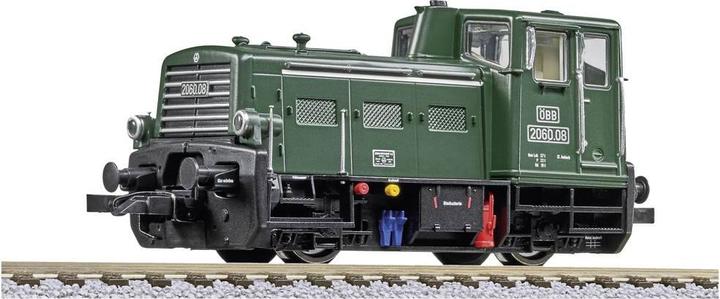
Liliput Diesel Multiple Unit BR 614/914 blood orange/pebble grey 3-piece DB Ep.IV AC
Track H0
On this page you'll find a ranking of the best Liliput products in this category. To give you a quick overview, we've already ranked the most important information about the products for you.
In 1971, the DB commissioned the development of two prototypes of the series 614. These diesel multiple units, specifically designed for district and regional transport, were an evolution of the series 624/634 and featured a slightly tapered body shape to accommodate a so-called "track curve-dependent body control (GSt)." This gave the trainset its characteristic appearance. However, since the GSt ultimately proved ineffective, it was omitted in the 40 series vehicles delivered between 1973 and 1977, although the body shape remained. MAN produced the center cars for 25 units, while the Uerdingen wagon factory manufactured the driving cars, each equipped with either a 330 kW or later a 367 kW engine. The last 15 sets (from 1975) were completely manufactured by MAN. Although the trainsets were designed as three-part units (204 seats in second class and 2 x 12 seats in first class), they were capable of multiple traction and occasionally operated as four-part units with an additional center car, especially in the early days. However, multiple traction was quite rare, and in later years, it almost ceased to exist. The first 25 units were assigned to the Bw Nürnberg, from where the trainsets were deployed on all non-electrified routes in Franconia and the Upper Palatinate. The typical color scheme at that time was the "Pop" livery of blood orange and pebble gray. The last 15 trains, now in the color scheme of ocean blue and ivory, were stationed at Bw Braunschweig, from where they operated on routes to Paderborn, Göttingen, Münster, or Bielefeld. They could also be observed on the Heidebahn from Buchholz via Soltau to Hanover towards the end of their service. Most vehicles were later painted in mint turquoise and light gray, and by the end, almost exclusively in traffic red. As part of a partial modernization, several units received a more powerful engine (448 kW).

Liliput Diesel Multiple Unit BR 614/914 blood orange/pebble grey 3-piece DB Ep.IV AC
Track H0
Liliput L132485 H0 Diesel Locomotive Locomotive 7 Gmundner Zementwerke.
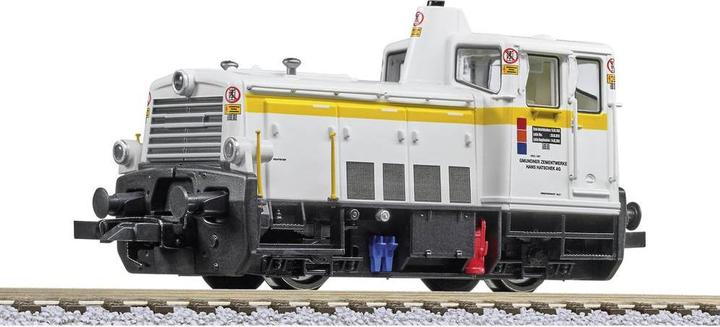
Liliput L142104 H0e Diesel locomotive D14 Zillertalbahn, Neue Penkenbahn (L142104).

Liliput L142104 H0e diesel locomotive D14 Zillertal Railway, New Penken Railway
Track VI
Liliput L132462 H0 Diesel locomotive 2060 079-7 red of the ÖBB ÖBB 2060 079-7 red.
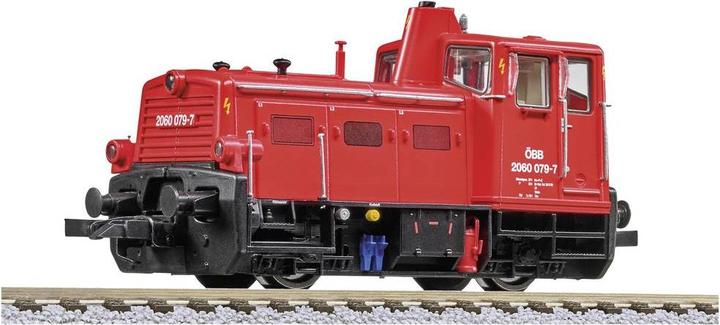
Liliput L140910 H0e 6-piece Murtalbahn train set.

Liliput 6-piece train set Murtalbahn 1 steam locomotive and 5 wagons
Track H0
The five tower drive cars of the series 704, delivered between 1977 and 1978, were developed as successors to the series 701/702 based on the drive car series 627.0/628.0. The two-engine vehicles were capable of speeds of 140 km/h and could still reach 100 km/h with a trailing load on a 5 ‰ gradient. This allowed them to quickly arrive at the job site, and their excellent technical equipment made them versatile for use everywhere. They were often seen operating alongside overhead line construction vehicles or additional equipment cars. Throughout their over 30 years of service, they changed depots multiple times depending on the workload and duration of major construction sites in the rail network, enabling them to be deployed quickly from various locations across Germany. Initially, the staff were often affected by engine exhaust fumes, so in 1986, the 704 series received new, lower-emission engines. Additionally, exhaust pipes were routed along the left and right sides of the roof, allowing for remote-controlled diversion of the exhaust gases depending on wind and air conditions. Due to the inability to procure spare parts after the withdrawal of the series 627.0 and 628.0, the tower drive cars were taken out of service by 2012 and collected in Cottbus. They remained there for several years for sale but found no buyers. The longest operational vehicle was the 704 002-5, which was transferred from its last depot in Ludwigshafen to Karlsruhe and then to Cottbus in January 2012. Unfortunately, all five tower drive cars were dismantled, and none were preserved for museums. Our model is the second tower drive car of the series 704, which was delivered to the Karlsruhe depot on February 6, 1978.

Liliput L132460 H0 Diesel locomotive, 2060.08 green of the ÖBB ÖBB 2060.08 green.
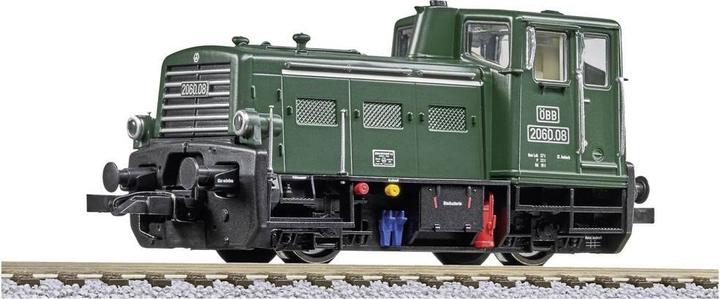
The U series was originally a narrow-gauge steam locomotive of the k.k. Austrian State Railways (kkStB) for a gauge of 760 mm. It is one of the most widely built narrow-gauge locomotives in Europe. The locomotives proved to be so reliable that they were procured in large numbers by nearly all operators of narrow-gauge railway lines in Austria and were constructed by several locomotive manufacturers. The last example of the U series was built in 1922 for the StLB, long after more modern locomotive types had already been introduced. Those U series locomotives that passed into the possession of the ÖBB after World War II were designated as series 298 with two-digit identification numbers starting in 1953. Due to their large numbers, many machines of this type are still operational today at museum and tourist railways. Some examples have also been set up as locomotive monuments. Locomotive 3 of the Lower Austrian State Railways was photographed in its livery shortly before being put into service in 1902, positioned in front of the factory gates of Krauss Linz to allow the photographer to take an optimal work photo. Our model accurately reflects this livery. Later, the locomotive was designated U 7.
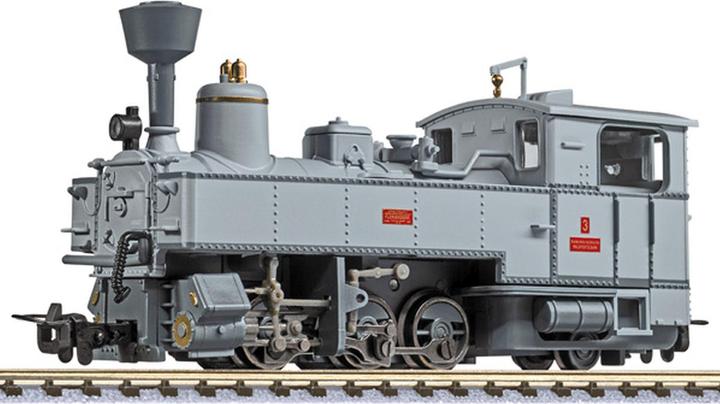
Liliput Steam locomotive type U locomotive 3 of the NÖLB photo painting Ep.I
Track H0
Liliput L132483 H0 ÖBB 2060 067-2 orange diesel locomotive ÖBB 2060 067-2 orange.
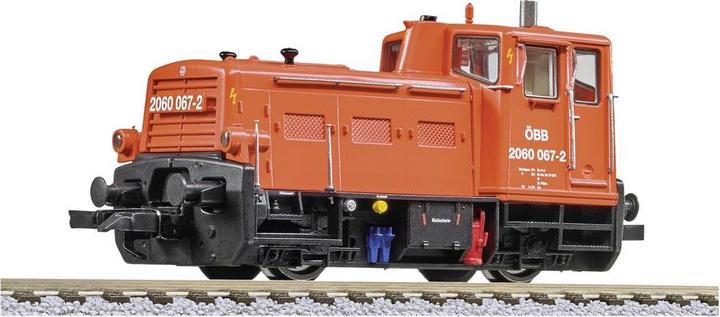
Liliput L132482 H0 Diesel locomotive, 2060.08 green of the ÖBB ÖBB 2060.08 green.
